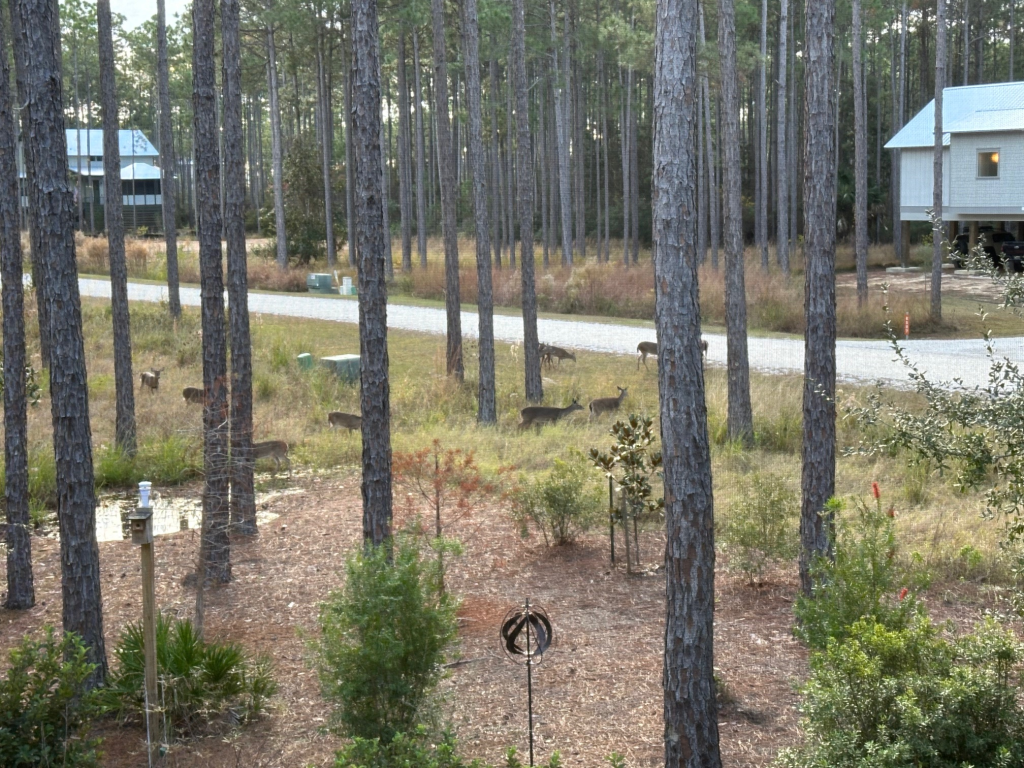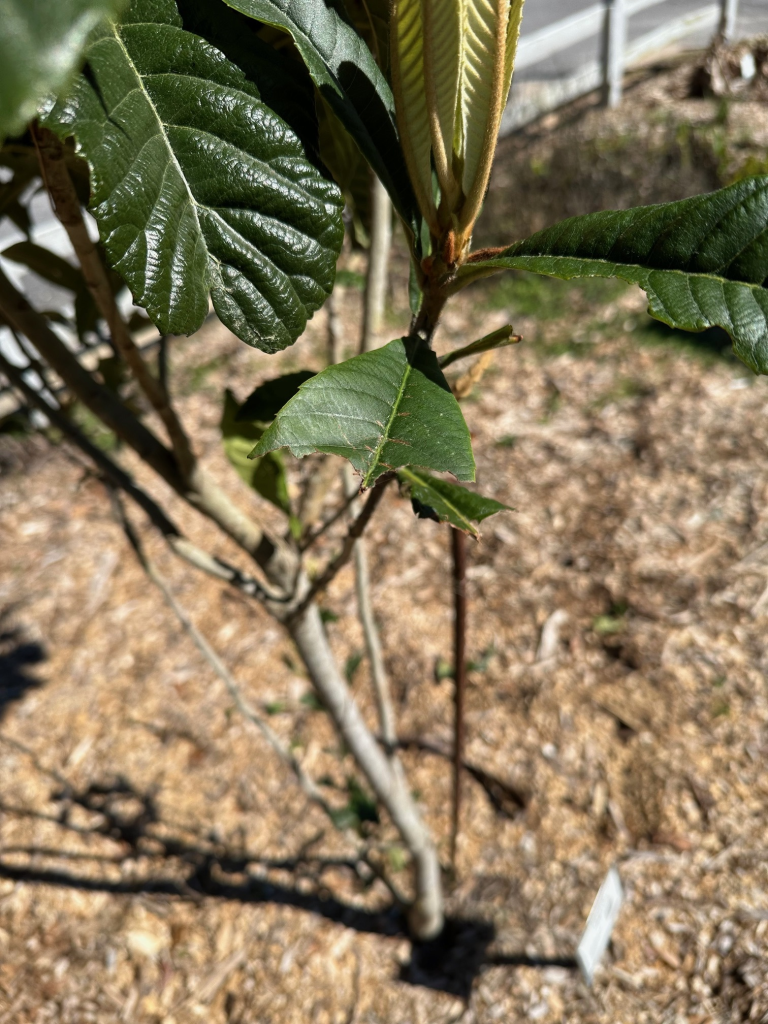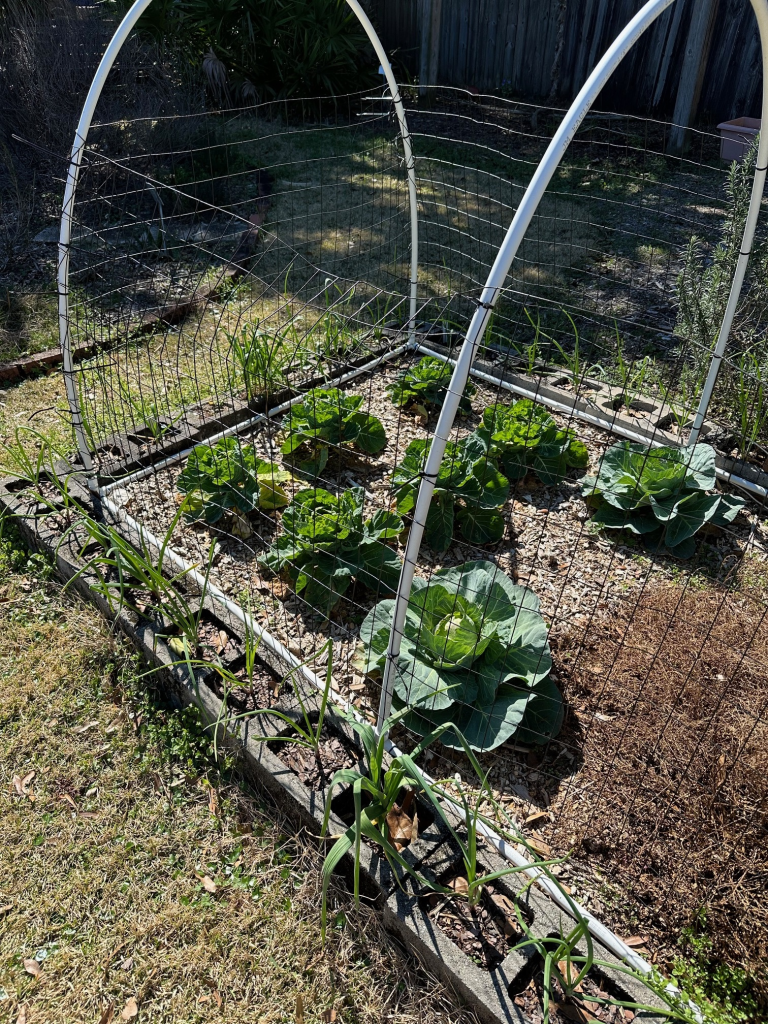Many different Florida wildlife pass through a home landscape daily in search of food. Possibly the most destructive animal to landscape plants in northwest Florida is the White-Tailed Deer. Extensive amounts of damage can be observed after they have passed through. This damage is not just to landscapes but also impacts agriculture crops at an economic level.

Deer are searching for protein that can be found in many forms that may include acorns from oak trees, ornamental shrubs, flowers, and soybeans. For this article, I will focus on landscape plants. Deer require a significant amount of forages as adults to amass 6 plus pounds per 100 pounds of body mass on a daily basis as they attain muscle and fat. Maintaining this level of growth is needed for quality reproductive rates and surviving the times of year, usually the winter, with less food available. Keep in mind damage is significantly lower from mid-spring to mid-summer with greater damage occurring from late-summer to late-fall.

How to make informed plant decisions before placing them in the landscape and protecting many of these plants is a big question. There are many articles out there on selecting plants that are deer resistant or tolerant. Resistant to deer browsing is often dependent on how hungry they are and the amount of availability of other plants they prefer near by out of your landscape. With deer populations increasing significantly over the last few decades it has increased contact with people and the environments in which we live. To deter feeding and other damage to the landscape, fences have been placed as barriers, offensive smelling sprays have been used, lights and sounds have been used. The attempt is to offend more than one of the deer senses. These tactics work for a while until they adjust to these events and find their way back.

Some of the favored plants for deer include hosta, daylily, holly, and maple leaves and many more. Plants they tend to avoid are poisonous plants that include foxglove, poppies or fragrant plants from sage, salvias and bearded iris. There are publications with extensive lists of plants not to plant as they are a preferred food for deer and much shorter lists of plants they do not prefer. Contact your local UF IFAS Extension office for more information.
Deer, like many of the wildlife, were able to acclimate to neighborhoods and traffic settings. This has created additional dangers for many wildlife animals and people. The point is they are an established part of our communities. Determining how to best manage these growing populations has and will continue to be a big topic of discussion from neighbor to neighbor, community boards, farmers, and the Florida Wildlife Commission.
- Deer Damage in the Landscape - February 22, 2024
- Gardeners: A Critical Link to Protecting Our Water - January 18, 2024
- Propagating Plants by Leaf and Cane - December 14, 2023
